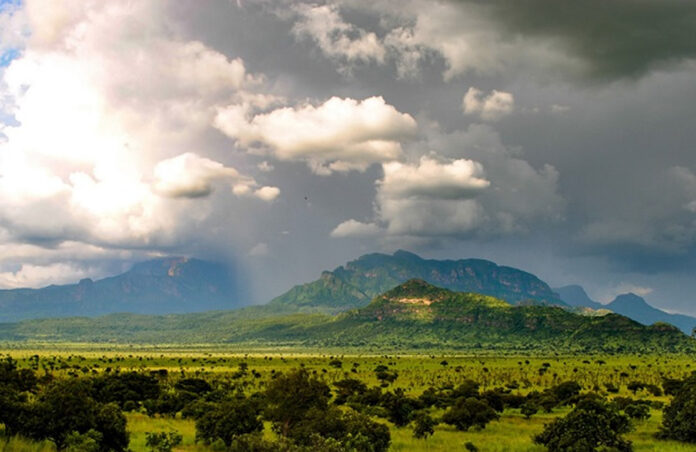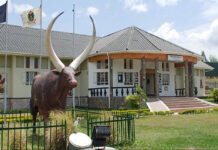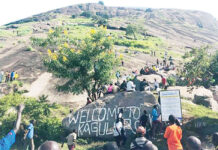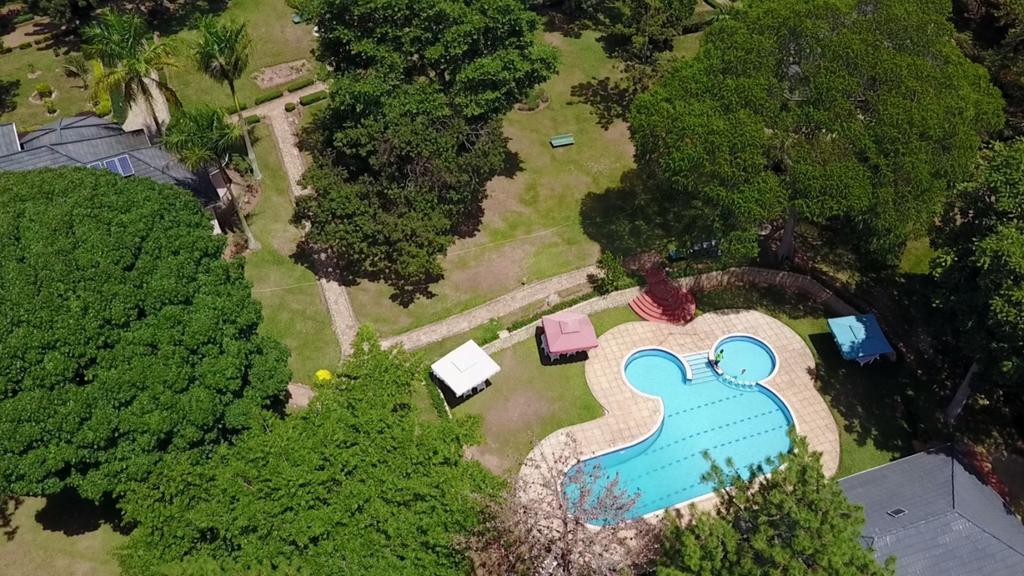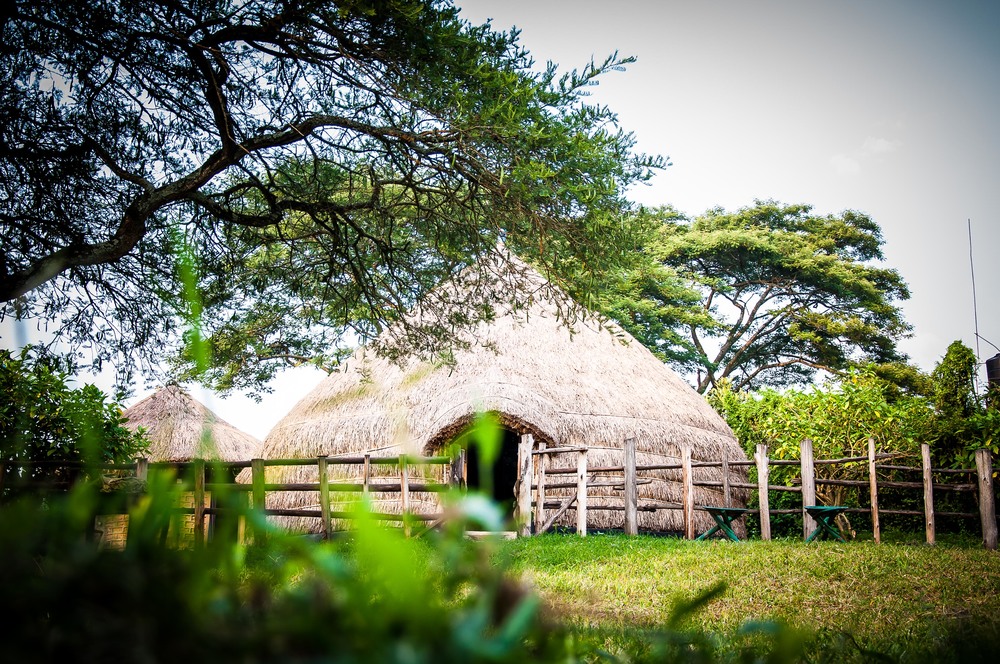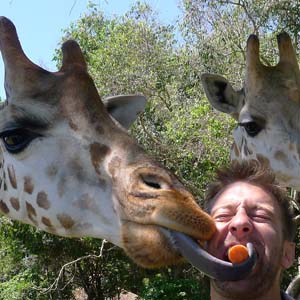It is known, a common understanding generally, that world over, the most prized of treasures are not within easy reach. Think of diamond and gold as an example, yeah? It takes lots of resources, time, and dedication before one can have these jewels. But, aren’t they are worth every sweat? Precious jewels aside, did you know Uganda has many of those mostly curved into its boastful tourism sector. One such is Pian Upe Wildlife Reserve, a conservancy in Eastern Uganda.
It is the second biggest conservancy in the country after Murchison Falls Reserve—and occupies nine Districts, the most renowned being Nakapirirpirit. It is a beautiful park of undisturbed savannah grass and woodlands. The kind of place which instantly steals one’s heart. The first thing that struck me during my first visit here a few months back was the softness of the air. It is hard to get over the pleasurable sensation with which they caressed my skin. That and the kopjes. I felt like they were hugging me.
Standing atop one of the anthills at the heart of the park, I saw a group of five ostriches wandering in search of food. They were overwhelmingly big and a few inches short of my 5.8ft height. On realizing my presence though, they abandoned their pursuit and spent much of their time staring back at me with very untrusting eyes. From their body language, it was easy to tell that it is not every day that they see tourists. That’s exactly one of the most electrifying things about this park whose name translates in Karamojong as “Friendly Enemy”.
Indeed, going by the visitor registration book at its control center, the park receives minor traffic as it is distant from Kampala. This gives the few visitors who explore it a feeling of privacy and being off the radar. It is partly for that reason that it comes across as a favorite for honeymooners; a good of whom further explore its neighboring pastoral tribes like the Pokot and Karimojong.
Pian Upe’s landscape is graced with resilient vegetation that can withstand the worst extremes of semi-arid weather. Mostly, they are wild and thorny; redwood acacia and desert date. Sustaining this flora is a swampy stretch that flows with life-giving water.
No wonder it comes as no surprise that that one is almost guaranteed of seeing all the species that abound its boundaries all year. In the category of carnivores, these include Jackals, Civets, Spotted hyenas, Servals, leopards, and cheetahs. For higher chances of encountering the latter two, a night game drive is highly recommendable as they are shy and elusive during the day.
Are you a primate lover? Well then, I’ve got four words for you; YOU SHOULD BE THERE!! There are countless Vervet monkeys, Patas monkeys, Olive baboons, and Ungulates looking forward to treating you to their fun side.
But also, herbivores range from Topi, Cape buffalo, Common eland, Roan antelope, Blue and common duiker, Günther’s dik-dik, Klipspringer, Waterbuck, Ugandan kob, Bohor and mountain reedbuck, among others.
Travel Tip
If visiting the park during the months in which the reserve receives high levels of rain like April and June-September, a four-wheel drive is a must. The last 100 kilometers leading to the park is made of marram.
How to explore the park
Though game drives are an ideal way of exploring the park as it is so vast, nature walks off the beaten path offer detailed views/encounters of species. Park entrance is Ush10,000 for Ugandans.
Places to stay
There Four Bandas exist in the park headquarters, each costing roughly Ush30, 000-50,000 per person per night. There are also many lodges located just kilometers from the reserve headquarters.
Directions
Pian Upe headquarters are situated along Mbale-Moroto road, approximately 90kms from Mbale and 11kms north of the reserve’s northern boundary.


